The guide for the rookie Illustrator V5
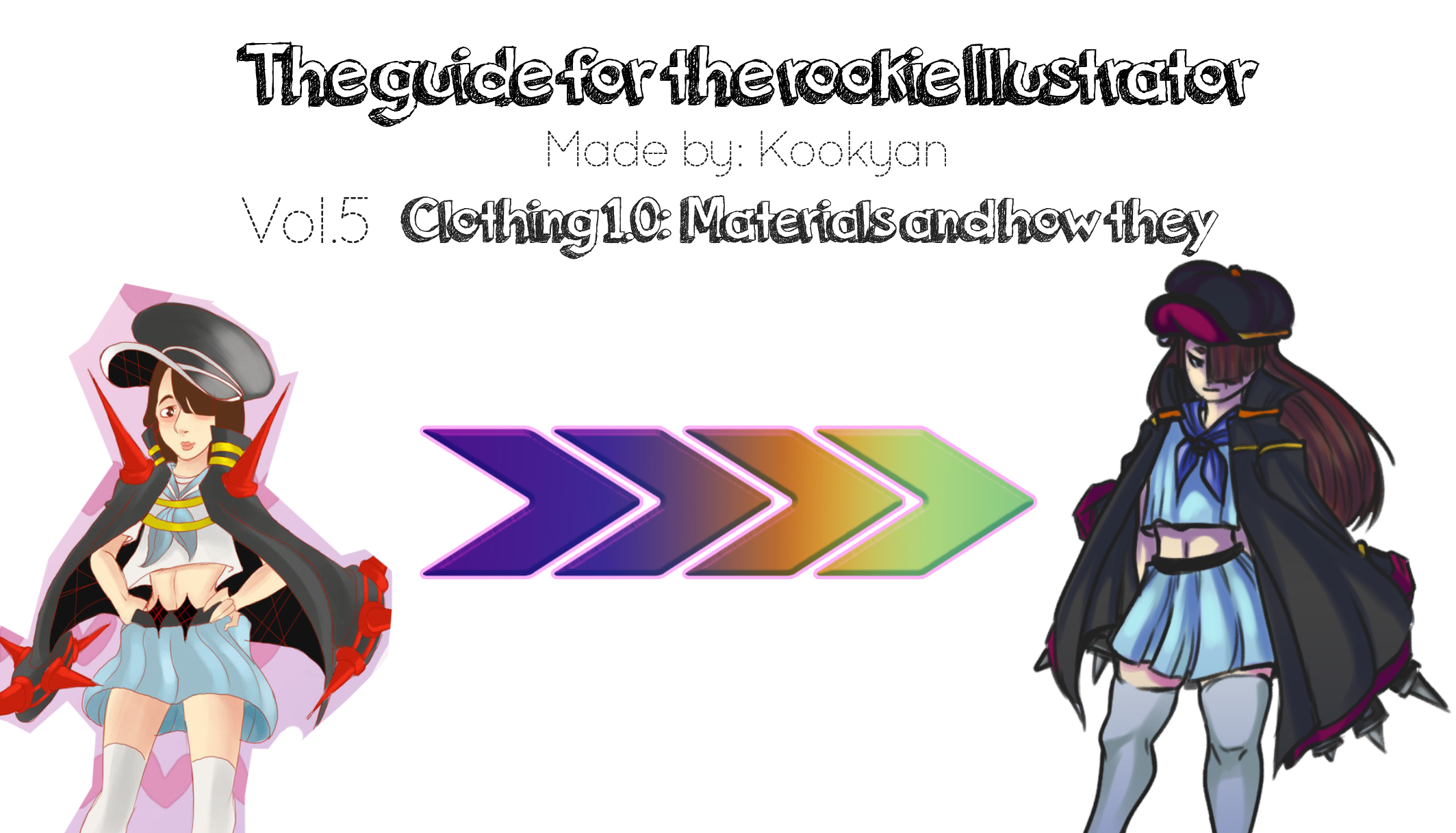
Hello again !! Today we advance to a very complex topic which will be divided into several guides. But in this first part to draw garments and even many other organic and mechanical materials.
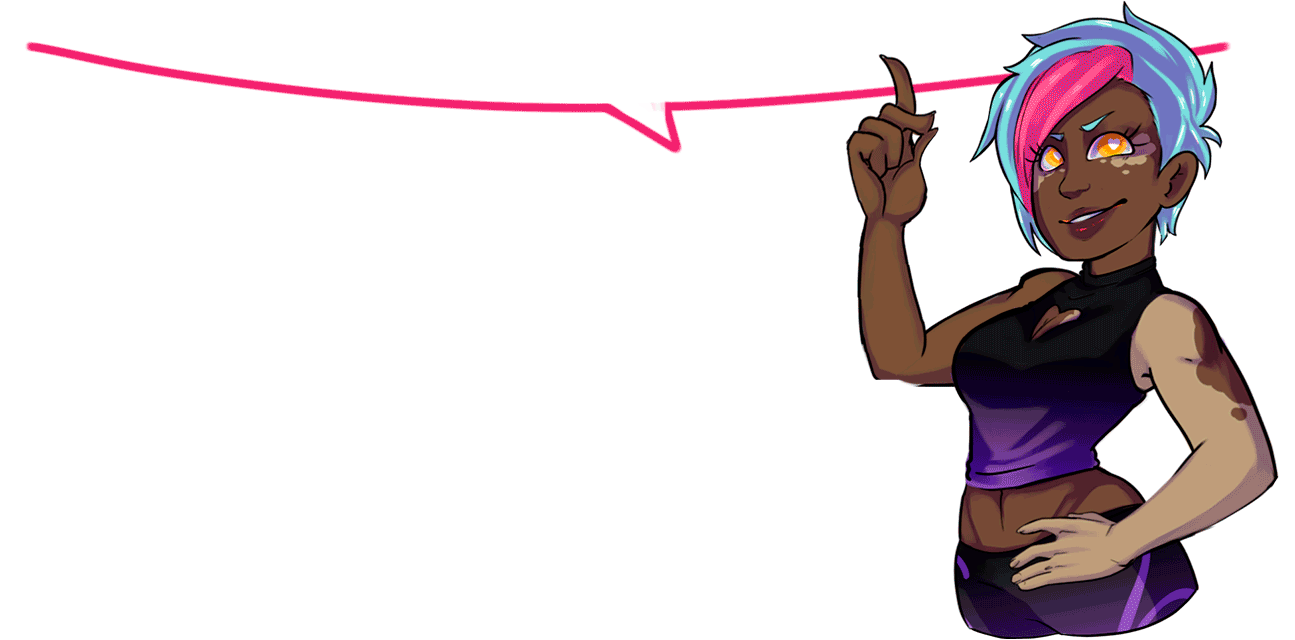

The folds, therefore, appear when folding fabrics, papers, etc.


When we place a piece of cloth on an object, it creates a point of tension, which is the point of support of the fabric on the object. This point of support, and the weight of gravity end up creating the folds down.
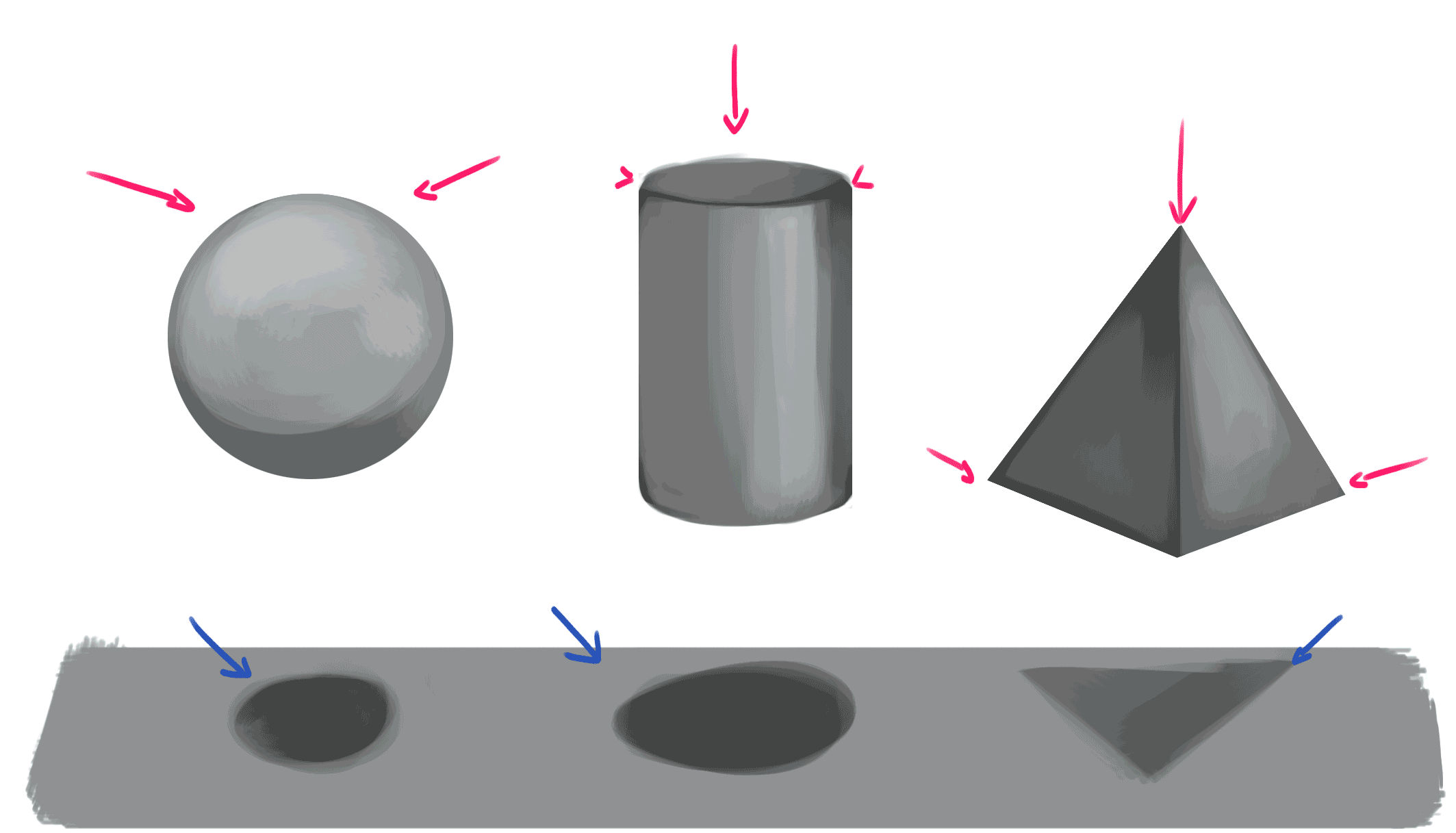
However, if the fabric is thrown towards a point of collision, these folds and / or wrinkles will come up through the air that was trapped inside the fabric and cushions the fall.
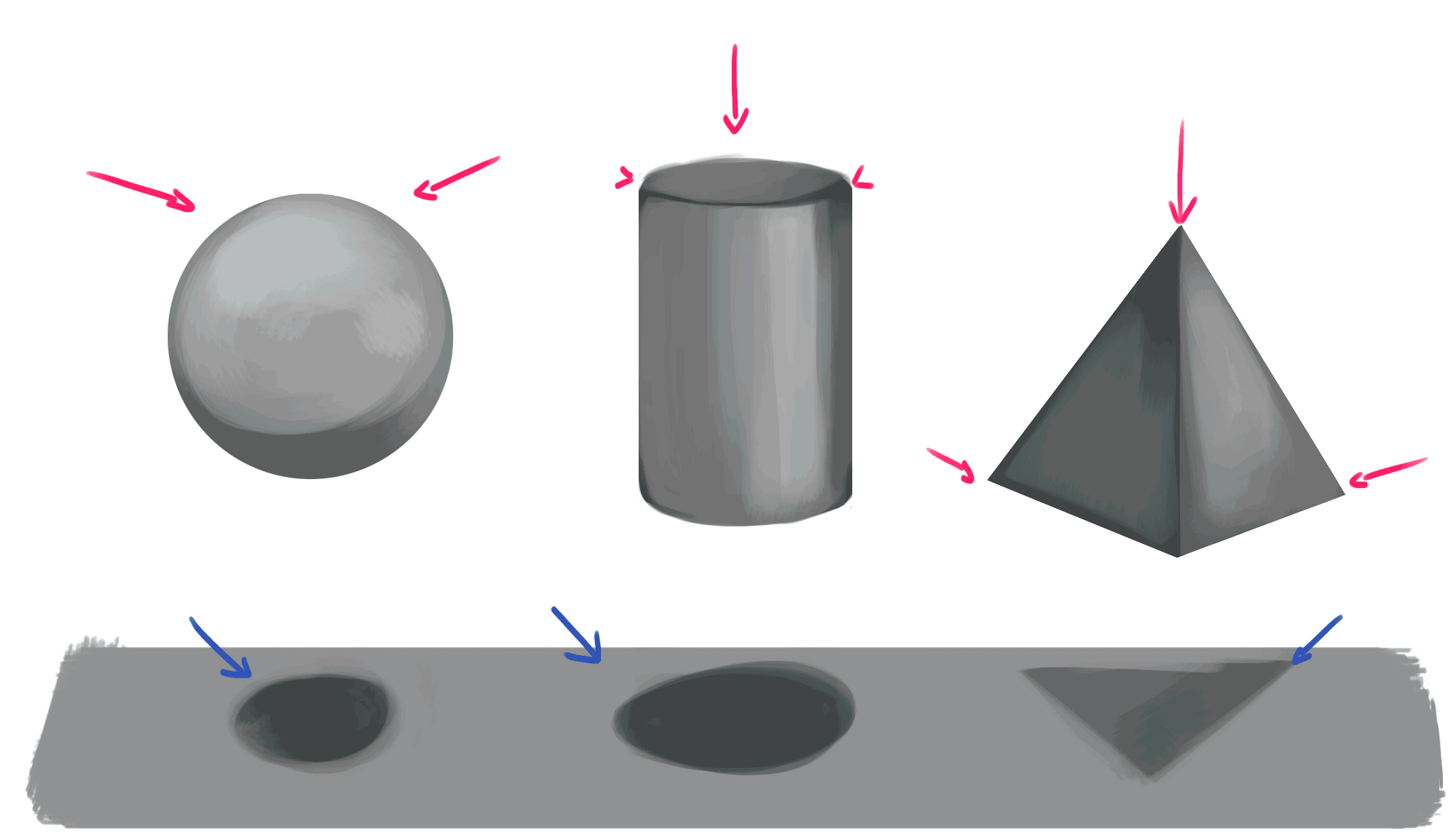

In cases with several points of attraction, the gravity will be more evident, as if the collision point has a different angle or an oval shape, the movement of the fabric will move according to the weight of gravity at the site.
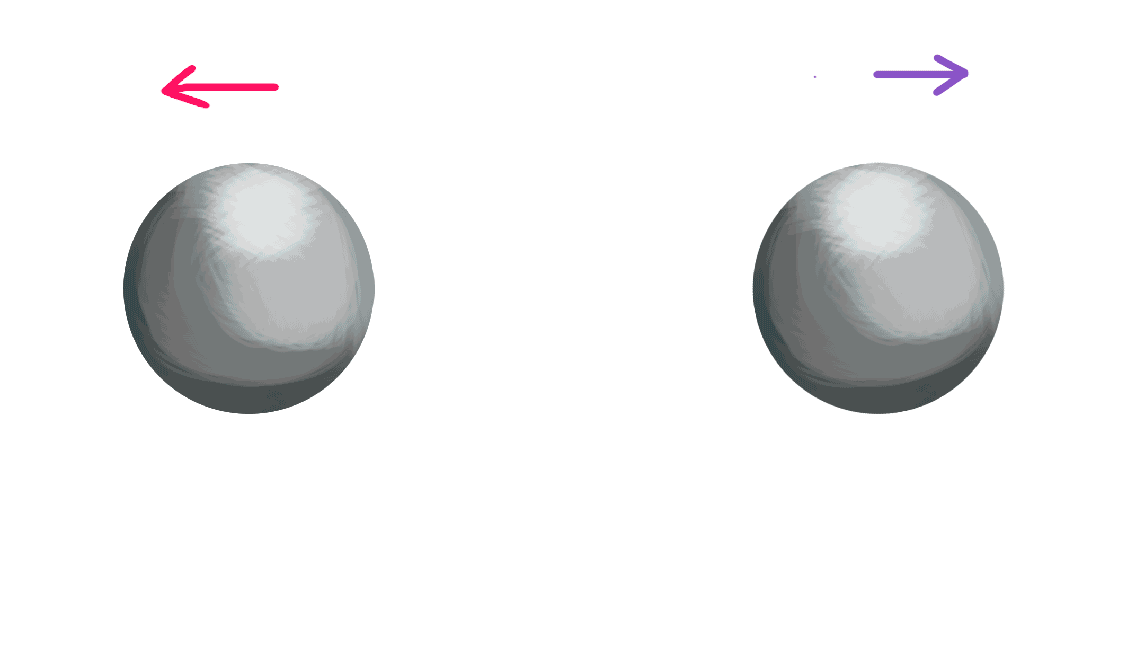
It is also important the amount of force exerted by the tension points between them, since being very apart will create tension in the material.
This will cause the material to stretch in both directions and the more tense it is, the amount of wrinkles will be lost.
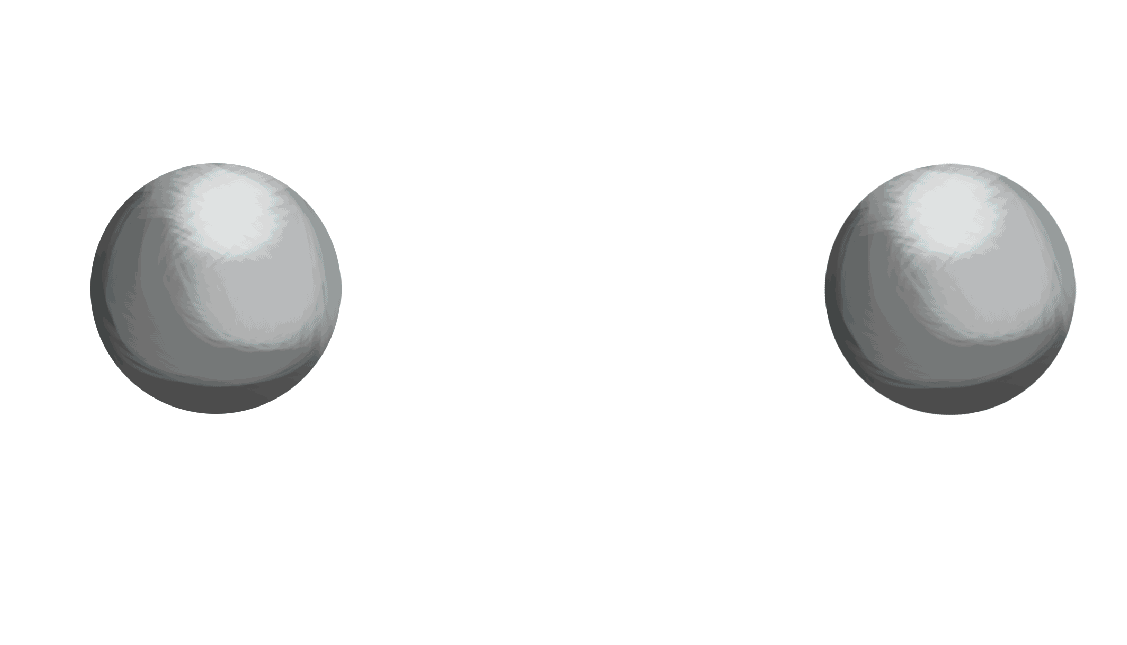
This theme is very important when making rips, the fabric will always break where the retraction of both points is stronger

A pattern, in the field of tailoring, is a template made on paper to be copied into the fabric to make a garment, cutting, assembling and sewing the different pieces.
Sewing is the method by which two or more fabrics are joined by piercing and interlacing a thread through them.
When we design a costume for our characters, the sewing patterns help us to have consistency with the movement of the fabric, since, when sewing a piece of fabric, folds are formed which can modify the visualization of the shape or shadow.




Here I will briefly explain how, according to the material, the weight, shape and visualization of the fabric changes.
(If you want to make a specific type of fabric, it is best to look for references of this on the internet since, if I start talking about each type, we would never end.)
Smooth
Materials with these characteristics are often extremely light, which is why gravity or tension and collision points will affect them in a more drastic way, causing wrinkles to be almost null and the fabric will not be "lifted" by the passage of air or the sewing pattern.

Thick.
These are hard materials and a little difficult to work, there are few folds and wrinkes but they are quite bulgy
Another characteristic of these materials is that they are waterproof and adapt almost completely to the shape of the tension and / or collision point.
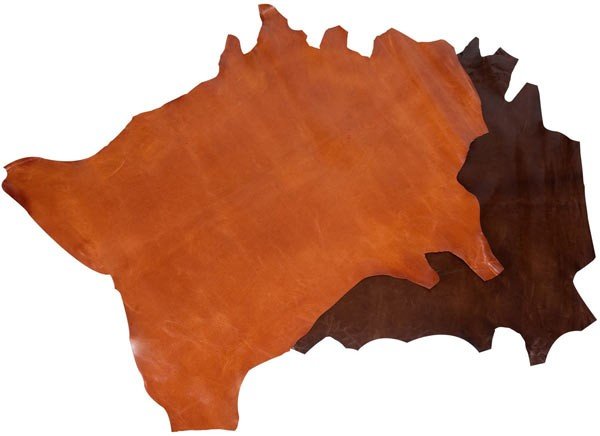
Texturizing.
Here more than a style of material we speak of an update of the previous two, even though it depends on the texture and weight variation of these materials, the rules of the thick material applies.
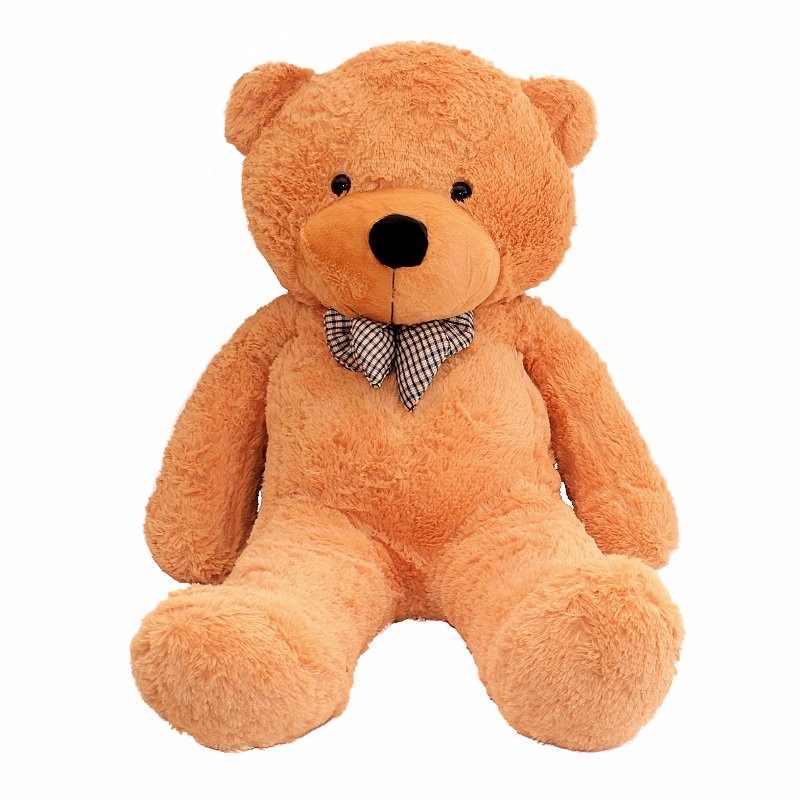
Lace and mesh.
This characteristic will always depend on the sewing pattern and will adapt to the shape of the tension and collision points, without generating any wrinkles.
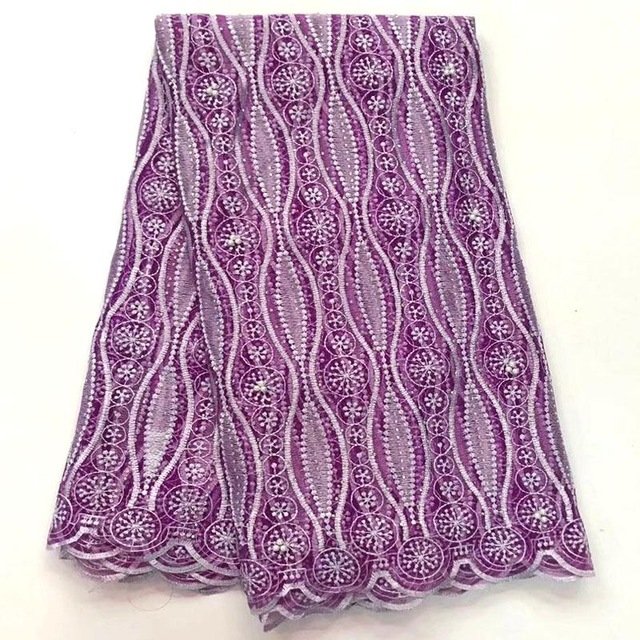
These types of materials generate a very slight shadow as this material is so translucent.
Metallic.
Metallic materials, are not affected by gravity or tension points, as being an extremely strong material will not generate any type of wrinkle.
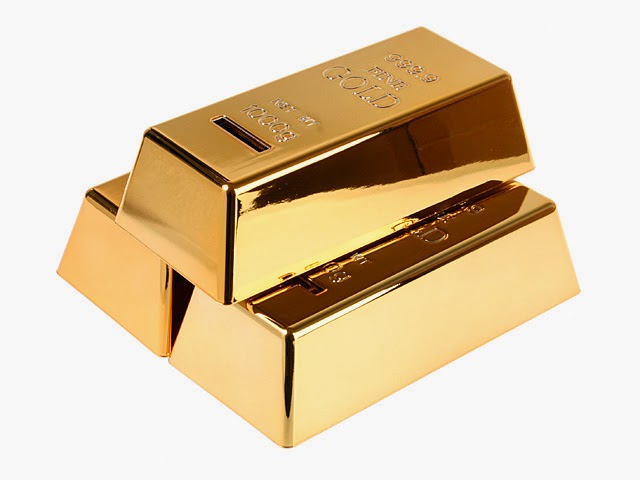
The most important thing to remember is to have fun, this is just a guide to learn faster. We all start by seeing our work as a hobby, and if you lose that feeling, you will most likely end up abandoning the practice.
This is all for now. See you in the next post!
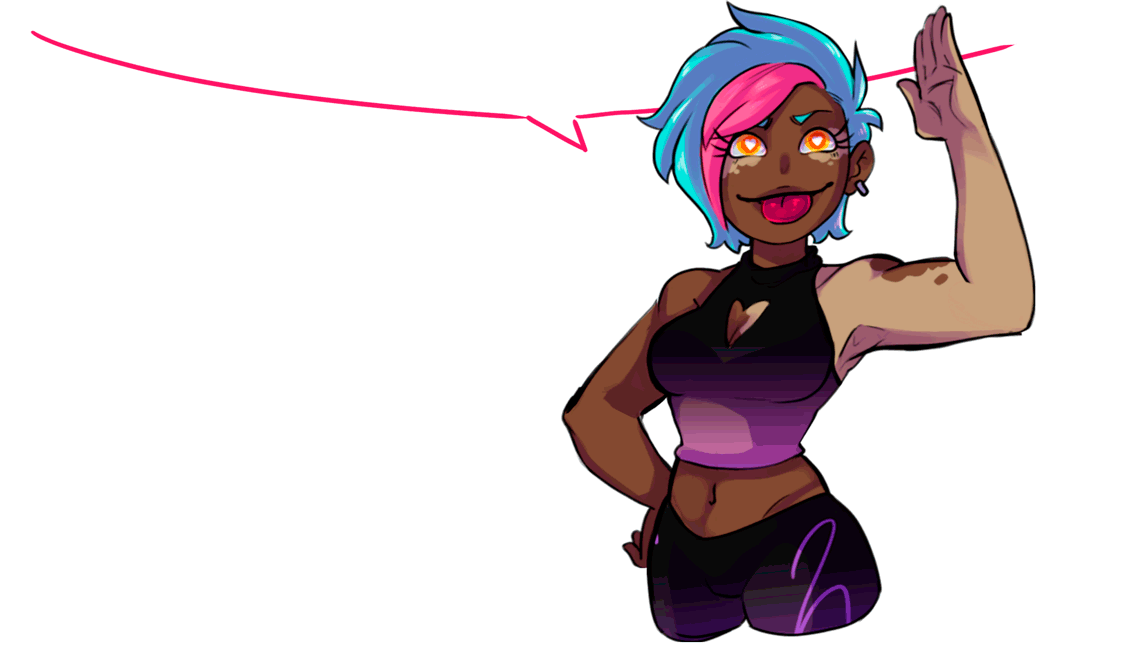
Guie List
V1 Practice Techniques
V2 Body Canon
V3 Proportions of the face and hair
V4 Hands
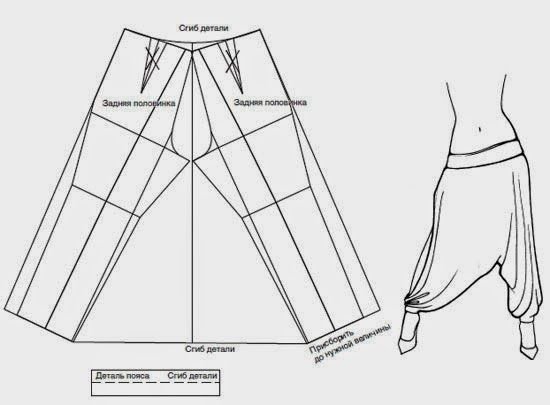
Pretty in-depth post, I think even I, a non artist was able to follow it. Very nice job on it.
Jeje I still think you'll improve the images at the end, but I'm glad that the guide helps you.
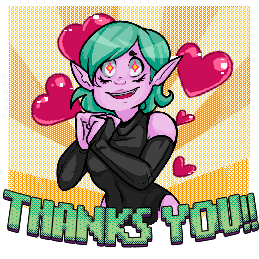
you are a pro! keep doing proud from Venezuela!